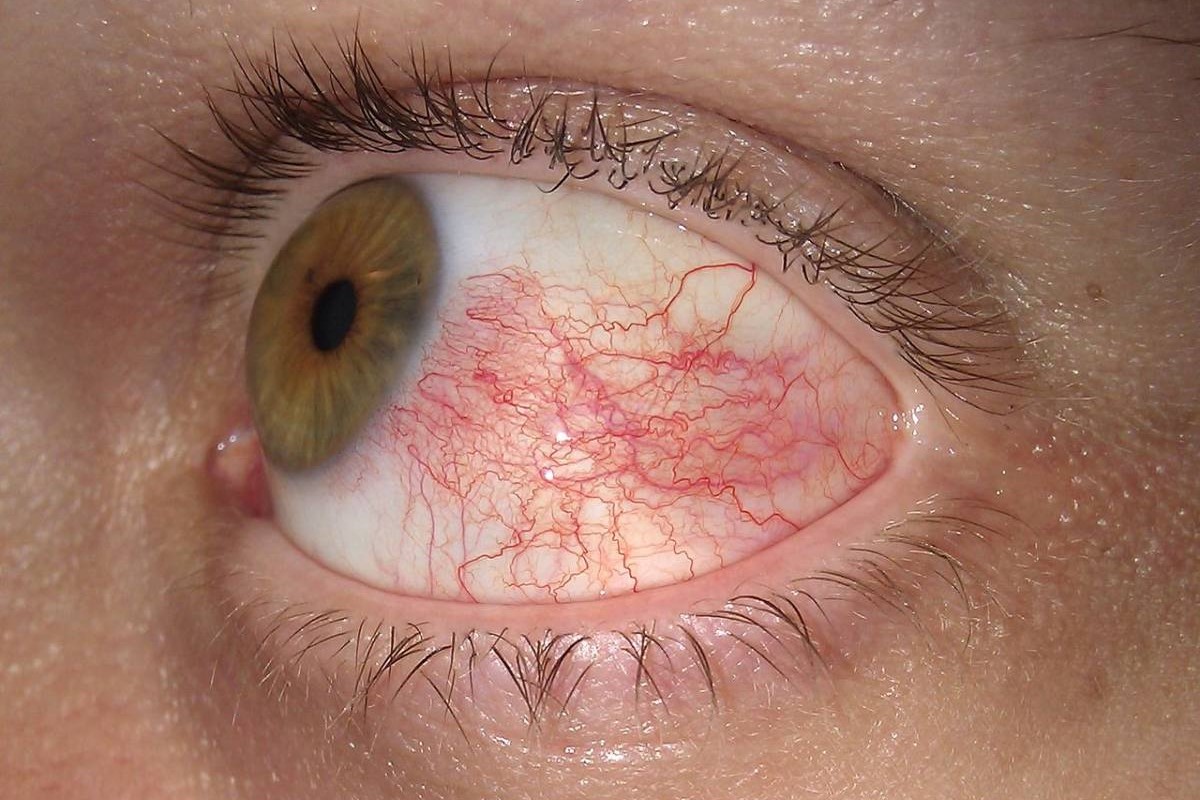
Juvenile idiopathic arthritis: uveitis/ridocyclitis
Uveitis/iridocyclitis is an inflammation that can cause significant eye damage, up to and including total loss of vision. In most cases it is treated with local therapy
The eye is made up of three layers: the innermost is the retina, the outermost consists of the sclera and cornea, the middle one is called the uvea and is particularly rich in blood vessels.
Uveitis or iridocyclitis is an inflammation of the uvea that can cause major damage to the eye, with loss of vision and in some rare cases, even blindness
Uveitis can be anterior, middle or posterior.
The form that occurs in children with juvenile idiopathic arthritis is typically an anterior uveitis.
The causes can be many, but the most frequent are autoimmune diseases such as:
- Juvenile idiopathic arthritis;
- Behcet’s disease;
- Chronic inflammatory bowel disease.
Uveitis can manifest itself with reddening of the eye, red eye, a burning sensation in the eye or intense tearing, so-called acute iridocyclitis
There is photophobia, i.e. an abnormal intolerance to light that causes discomfort and pain in the eyes, and decreased visual acuity.
In many cases uveitis may present without any symptoms and therefore may go unnoticed.
In these cases, only the ophthalmologist, during a thorough examination of the eye, can realise that there is uveitis.
The diagnosis is made with a simple examination of the eye.
The ophthalmologist, with a special lamp called a slit lamp, looks at the anterior chamber of the eye and can thus assess the presence of inflammatory cells and thus uveitis.
Since children with juvenile idiopathic arthritis, especially females with the oligoarticular form and positive antinuclear antibodies (ANA), have a higher risk of developing this complication, they must undergo regular ophthalmic check-ups.
These check-ups should be performed every three months even if the children have no eye discomfort.
Uveitis is treated in most cases with local therapy, i.e. by placing drops of cortisone and pupil dilating drugs in the eyes.
But in some more severe cases, systemic therapy, i.e. by mouth or intravenously, may be necessary.
In cases that do not respond to local therapy, the most commonly used drugs are Methotrexate and TNF inhibitors such as Adalimumab.
When uveitis causes complications, surgery may be necessary
To prevent uveitis, it is very important to first treat juvenile idiopathic arthritis and make sure that this disease is well controlled.
It is also essential to have regular eye check-ups, every three months, so that the ophthalmologist can detect the onset of uveitis very early, especially when uveitis does not cause any symptoms.
Early diagnosis allows uveitis to be treated with local therapy alone and ensures a higher probability of recovery.
The prognosis of uveitis is closely related to early diagnosis and treatment
If treated early and well, it heals without leaving any scarring of the eye.
If, however, the diagnosis is made too late and the uveitis is not treated properly, it can lead to eye problems such as reduced vision due to the complications of chronic inflammation (cataracts, synechiae and glaucoma), and in some rare cases to loss of vision and thus blindness.
Read Also:
Emergency Live Even More…Live: Download The New Free App Of Your Newspaper For IOS And Android
Rare Diseases: Septo-Optic Dysplasia
Essential Blepharospasm: What It Is And What It Can Be A Symptom Of
Pupillary Reflex To Light: Mechanism And Clinical Significance
4 Reasons To Seek Emergency Care For Vision Symptoms
Autoimmune Diseases: The Sand In The Eyes Of Sjögren’s Syndrome
Blepharoptosis: Getting To Know Eyelid Drooping
Corneal Abrasions And Foreign Bodies In The Eye: What To Do? Diagnosis And Treatment
Corneal Abrasions And Foreign Bodies In The Eye: What To Do? Diagnosis And Treatment
Wound Care Guideline (Part 2) – Dressing Abrasions And Lacerations
Contusions And Lacerations Of The Eye And Eyelids: Diagnosis And Treatment
Macular Degeneration: Faricimab And The New Therapy For Eye Health
Blepharoptosis: Getting To Know Eyelid Drooping
Blepharitis: What Is It And What Are The Most Common Symptoms?
Facial Nerve Injuries: Bell’s Palsy And Other Causes Of Paralysis
Rescue Training, Neuroleptic Malignant Syndrome: What It Is And How To Deal With It
Guillain-Barré Syndrome, Neurologist: ‘No Link To Covid Or Vaccine’


